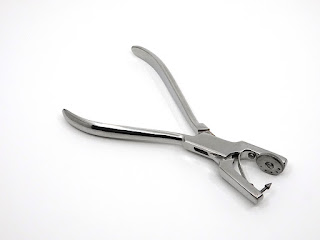Mastering Rubber Dam Clamp Placement A Complete Guide for Dental Professionals

Understanding the Fundamentals of Rubber Dam Clamps In modern dentistry, proper isolation is crucial for successful treatment outcomes. Rubber dam clamps are essential tools that secure the rubber dam in place, ensuring a dry and contamination-free working environment. These small but mighty instruments come in various sizes and styles, each designed to fit specific teeth and clinical situations. The most commonly used clamps in the United States include the #2, #4, #7, #8A, #9, #12A, and #14A, each serving different purposes based on tooth morphology and location. Selecting the Right Clamp for Optimal Results Choosing the appropriate clamp is a critical step that can make or break your rubber dam isolation. For anterior teeth, lightweight clamps like #9 or #212 are typically preferred due to their smaller size and better aesthetic access. Premolars usually require clamps #2 or #4, while molars are best served by clamps #7, #8A, or #14A. When dealing with partially erupted or bro...


